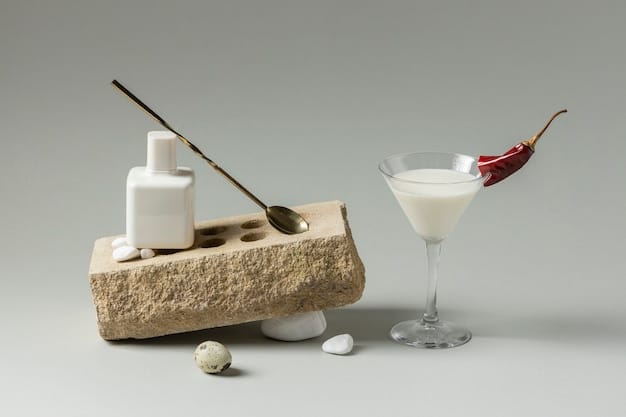
After finishing a painting job, you might forget to clean your paintbrush right away. When you go to use it next time, you might find old paint stuck to the bristles. This can leave you wondering if acetone is a good option for cleaning it.
Yes, you can use acetone to clean paintbrushes, including those used with oil-based paints, acrylics, and other solvent-based materials. Acetone is a strong solvent that effectively breaks down and removes dried or stubborn paint from the brush bristles. Here’s a step-by-step guide on how to use acetone to clean your paintbrushes and some other tips to keep them in top shape.
How To Use Acetone To Clean Paint Brushes
Cleaning paintbrushes with acetone is straightforward but can be dangerous if you don’t take proper precautions. Here’s how you can do it:
1. Get a bowl, ideally made of stainless steel or another metal.
2. Pour enough acetone into the container to fully cover the brush bristles.
3. Soak the brush in the acetone for about 30 minutes to an hour if the paint is very hardened.
4. Take out the brush and use a paper towel to wipe off the leftover paint.
5. Optionally, wash the brush with warm water and soap.
6. Rinse thoroughly with water and let the brush air dry overnight before using it again.
Precautions When Using Acetone
Stay safe while using acetone by following these tips:
1. Use acetone in a well-ventilated area to avoid inhaling the fumes.
2. Wear protective gloves and glasses to protect your skin and eyes.
3. Keep acetone away from open flames as it is highly flammable.
4. Avoid using plastic containers to soak acetone as it can damage them.
5. Store acetone in a cool, dry place away from children and other tools.
Does Acetone Damage Paint Brushes?
Acetone can be harsh on paintbrushes over time because it’s such a strong solvent. It can weaken the bristles if used frequently. To prolong the life of your paintbrushes, alternate using acetone with other gentler solvents and try to clean your brush right after painting.
Pros of Cleaning Paint Brushes With Acetone
1. Effective paint removal: It breaks down dried paint efficiently.
2. Fast cleaning: Acetone works quickly compared to other solvents.
3. Reduces paint buildup: Keeps brushes in good condition by preventing buildup.
4. No need for water: Handy in situations where water isn’t readily available.
5. Gentle when used correctly: Can be less harsh on bristles than some other solvents.
Cons of Cleaning Paint Brushes With Acetone
1. Toxic fumes: Can be harmful if inhaled, so always work in a well-ventilated area.
2. Dries out bristles: Especially natural hair bristles, over time.
3. Limited compatibility: Not suitable for water-based or watercolor paints.
4. Health risks: Skin, eye, and respiratory irritation are possible, so take precautions.
Alternatives To Using Acetone To Clean Paint Brushes
1. Vinegar solution: Mix equal parts white vinegar and warm water. Soak the brushes for a few hours, then rinse and reshape.
2. Soap and water: Mild dish soap and warm water can effectively clean the brushes.
3. Isopropyl alcohol: Soak in rubbing alcohol for a few hours, then rinse and reshape.
4. Commercial brush cleaners: Look for non-toxic, water-based cleaners.
5. Oils: Olive oil or cooking oil can soften and remove paint. Soak for a few hours, then wipe clean.
6. Warm water soak: Prevent paint from drying by soaking brushes right after use.
7. Hair conditioner: Clean and condition the bristles, then rinse thoroughly.
8. Baby shampoo: A gentle solution for cleaning brushes.
9. Fabric softener: Use diluted softener to soak and loosen paint.
Frequently Asked Questions
What is the best solvent for cleaning paint brushes?
The best solvents include mineral spirits, paint thinner, and acetone.
Does acetone remove oil-based paint?
Yes, acetone is very effective for removing oil-based paints and can also clean acrylic and enamel paints.
Conclusion
Acetone is useful for cleaning paintbrushes, even those with old paint, efficiently and quickly. However, always follow safety guidelines when using this strong solvent. If you prefer, there are other gentler alternatives such as mild soap and water or dedicated brush cleaners. Remember, acetone is flammable, so prioritize your safety and that of your brushes.